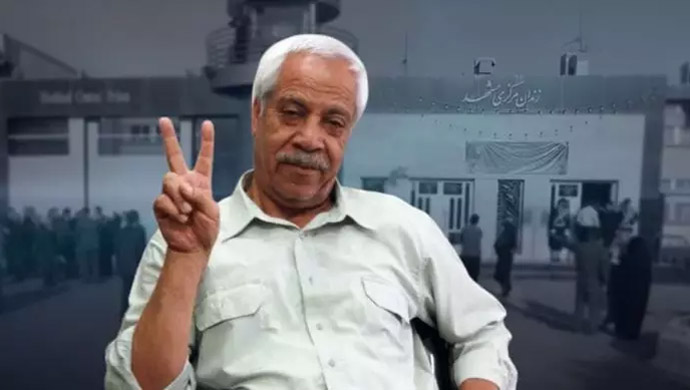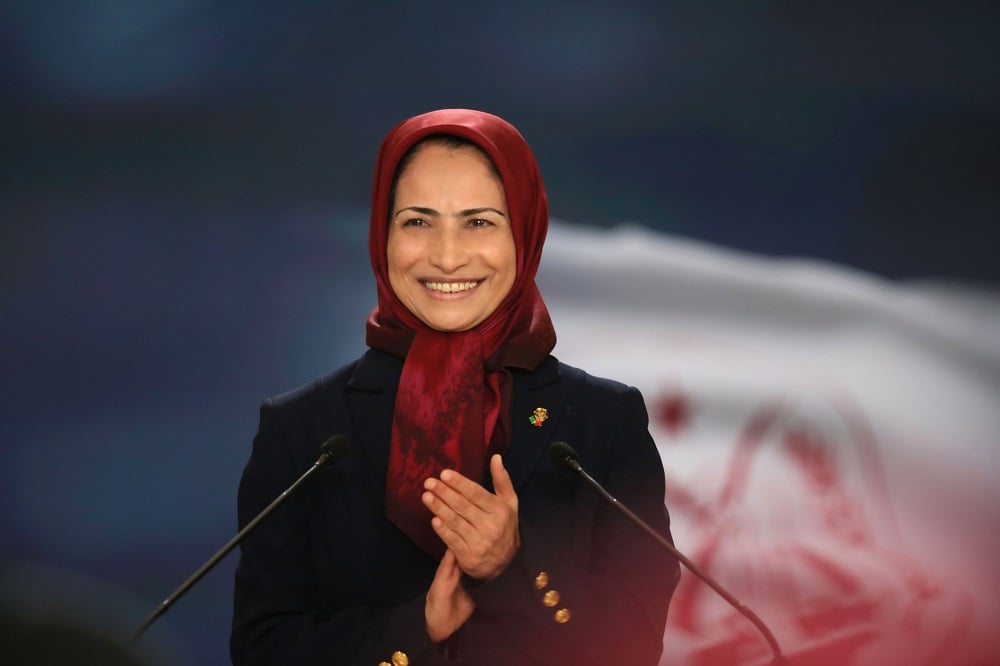Friday, September 8, 1978, marks the day the Shah committed an unprecedented crime against thousands of protesters in Tehran, which paved the path for further anti-regime protests that forever ended his dynasty in Iran.
“It was the bloodiest day during the anti-monarchic revolution,” an eyewitness said. “Friday morning, around 7:30 am, many people fed up with the Shah’s tyranny had filled the Jaleh Sq. Shah’s security forces warned people about the martial law, trying to disperse them.”
“However, soldiers’ behavior showed they didn’t want to disperse people, but they were getting ready to crack down on defenseless protesters fatally,” the eyewitness added. “Authorities blocked all four streets leading to the square, and suddenly the sound of barrage raised… Tens were fallen just in a few seconds on the ‘Bloody Friday.’”
Like its successor—the religious dictatorship, the Shah never declared the official number of victims. However, field reports say between 100 to 205 citizens were murdered to preserve Mohammad Reza Pahlavi in power!
Following the massacre, citizens changed the square’s name from Jaleh to Shohada [Martyrs]. The bloody suppression echoed the Iranian people’s desire to overthrow the monarchic dictatorship.
In other words, the crackdown indicated that the people would never gain their demands under the Shah. The ‘pivotal event’ of September 8 also displayed that the dictator could no longer bear demonstrations, and the regime had lost its resilience to overcome domestic challenges.
Religious Dictatorship and Ongoing Crimes
These days, the Shah’s supporters and suspicious bodies—mainly in the West—try to whitewash the monarchic dictatorship’s crimes and corruption. They do their best to paint a rosy image of the Shah era, claiming the people would like to return under the rule of a toppled single-party dictatorship.
As the people’s protests for a better future and a decent life intensify and increase, the remnants of Shah’s intelligence officers—responsible for the killing, torturing, and plundering of Iranians—promote the dark tenure of the Shah and his father as a ‘shiny glorious.’
For the people of Iran, there is no difference between the Shah’s ruling and the Supreme Leader’s tyranny. “Death to the oppressor, either Shah or Supreme Leader,” protesters chant in their nationwide protests. Indeed, this is the people’s reaction to state-backed propaganda favoring the previous dictatorship.

The Jomhouri Eslami daily shed light on this program in its June 26, 2018 edition. “Planning for overthrowing the [Hassan Rouhani] government,” the daily titled, revealing Supreme Leader Ali Khamenei’s plan to remove his rivals.
“[Khamenei-backed officials] have become too reckless as send a few people to Majlis [Parliament] to chant ‘Reza Shah, praise your soul,’ and ‘Death to sponger.’ Afterward, they freely perform a maneuver under police escort,” the daily wrote. “These people are who participate in Tehran Friday Prayer and marches [in favor of the Islamic Republic].”
In May 2022, when thousands of people flooded onto the streets following a sharp rise in the food staple prices, a few people were joining protesters, chanting slogans in favor of the toppled Shah, and then disappearing immediately.
Such behavior prompted people’s doubts about these “protesters’ purpose.” Many people posted several videos and footage from these people, stating, “They are suspicious men. They exploit public fury, trying to divert the protests’ goals.”
These people are free to chant slogans in favor of the former dictator in front of security forces. But at the same time, the regime frequently detains ethnic and religious minorities’ followers, hastily sentencing them to harsh punishments such as the death penalty, long-term imprisonment, and deprivation of public services.
The so-called Shah supporters can go across the country and chant in favor of the previous monarchic dictatorship. At the same time, the mullahs do not show mercy even to foreign citizens and tourists and arrest them under bogus accusations of espionage, leveraging as hostages to free convicted terrorists in other countries.

“In the eyes of the mullahs, the Iranian people overthrew the Shah during the 1979 revolution to replace it with a turbaned king so that he can better steal and kill under the banner of religion,” detained teacher Hashem Khastar wrote in his open letter in May 2022.
“[Authorities] want to divert the objectives of uprisings and give the impression that the Iranian nation is a desperate people who simply long for the past and a dead king. They are trying to prevent the people from looking to the future and establishing popular sovereignty. The mullahs use this ploy to extend their rule for a few more days and avoid being overthrown.”
In such circumstances, as the people of Iran still remember the faces and lifeless bodies of more than 1,500 protesters murdered in November 2019, the regime tries to psychologically quell people’s thirst for change. However, recent demonstrations show that the mullahs have failed in their plan as their predecessor failed and lost his reign.
In contrast to the regime’s goal to quell people’s struggle for freedom, justice, equality, and fundamental rights through cruel suppression, the protests have increased and intensified in recent months. In August 2021, Khamenei appointed Ebrahim Raisi, infamous for the mass killing of thousands of political prisoners in 1988, trying to strike fear in society.
However, this project failed, and citizens grasped that the regime was in its weakest position. Iranians realized they would overcome the regime and push it back if they steadfastly resisted its oppressive measures.
One of the flagrant signs of the regime’s failure is the ongoing protest by death-row inmates’ families. Once in 1988, the mullahs silently massacred over 30,000 political prisoners only because of their sympathy with the opposition group Mojahedin-e Khalq (MEK). Now, thanks to the organized resistance movement’s revelation and human rights campaigns, ordinary people rally outside the notorious jails and judiciary offices, chanting stop executions.
In a nutshell, the people subjected to the bloody crackdowns by both monarchic and religious dictators no longer fear the oppressive measures. They ambushed to hunt for upcoming opportunities to vent their anger over the entire regime, such as what happened in November 2019 and shook the pillars of religious fascism.

Regarding the Iranian people’s history of suppression under monarchic and religious dictatorships, MEK secretary-general Ms. Zahra Merrikhi once again reiterated her organization’s pledge to uproot any authoritarian regimes.
“True to that ideological position, we rejected the Shah’s reign and the mullahs’ rule,” she said in her remarks at the MEK 57th foundation anniversary on September 6. “The past century has seen our nation suffer under the rule of four brutal tyrants, but it has also seen the birth of a movement that has deep roots, is continuously growing and has a bright future.”





